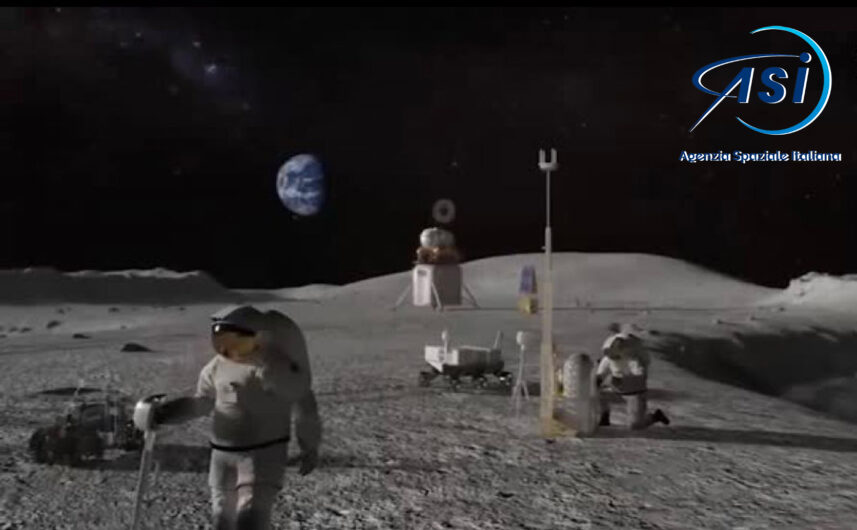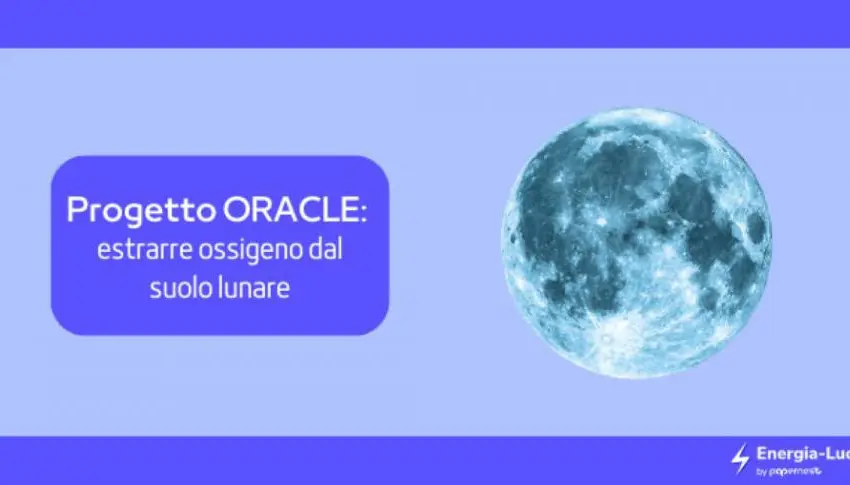An exciting future in space exploration is looming thanks to the synergy between the Italian Space Agency and the Politecnico di Milano. The revolutionary project ORACLE (Oxygen Retrieval Asset by Carbothermal-reduction in Lunar Environment) is the heart of this ambitious collaboration, aiming to extract oxygen from lunar regolith to facilitate long-term human presence on the Moon.

The Partnership at the basis of the initiative
Global attention is captured by this pioneering initiative, setting the stage for a new era in deep space. Italy confirms itself at the forefront of space exploration, thanks to the partnership between the Milan Polytechnic and the Italian Space Agency. The innovative ORACLE project aims to extract oxygen directly from lunar regolith, opening the door to extended missions and permanent settlements on the lunar surface.
This partnership combines deep academic expertise with the space agency's resources and technical knowledge, allowing Polytechnic researchers to conduct studies and tests on the technology itself and is also a clear example of how the union between academic institutes and space agencies can lead to extraordinary results in the field of research and technological innovation.
The core of the project
The beating heart of this pioneering initiative lies in the extraction of oxygen from lunar regolith, a complex mixture of sediments that coats the surface of our fascinating satellite. This cutting-edge technology, based on thermal carbon reduction, has seen a first phase of laboratory validation thanks to the contribution of the research group ASTRA at the Politecnico di Milano, which conducted meticulous studies and laboratory tests to verify the feasibility of this revolutionary technology. This represents a fundamental quantum leap for humanity, potentially making the need to transport oxygen reserves from Earth for future lunar space missions unnecessary, thus reducing their costs.
ORACLE's ambitious goal is to develop and launch a functioning demonstrator of the facility by 2028. This requires considerable effort and detailed planning, especially in exploiting the growing opportunities offered by commercial spaceflight. The challenge is not just limited to technology, but also involves adapting to the lunar environment with its changing conditions. However, the scientists and engineers involved are determined to meet these challenges and turn ORACLE into a working reality.
Future comments and projections
Despite the complex challenges, the team that drives ORACLE is motivated and resourceful. Michele Lavagna underlines that, in addition to the chemical aspects, it is essential to face the challenges related to the adaptation of the plant to the lunar environment and the complexity of storing oxygen in a context without an atmosphere. Raffaele Mugnuolo, head of the Exploration Unit, Orbiting and Surface Infrastructures and Scientific Satellites of ASI, underlines that this perspective is vital for planning future missions to the Moon and beyond. In this framework, the ORACLE project assumes a fundamental role.
The ORACLE project marks a fundamental step in the history of space exploration, thanks to the union of forces and energies between academic research and the space industry in Italy. The potential extraction of oxygen from the Moon could reduce the costs and complexities of future missions, paving the way for long-term lunar settlements.
However, the challenges are many, and success requires innovation, planning and determination. Will the ORACLE project be able to meet the 2028 deadline and successfully demonstrate the technology on the Moon? What other applications could emerge from this project, extending the benefits beyond lunar missions?
(Source: https://energia-luce.it/)
